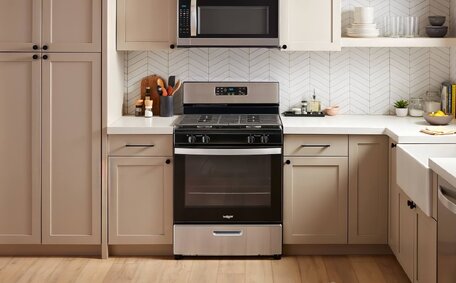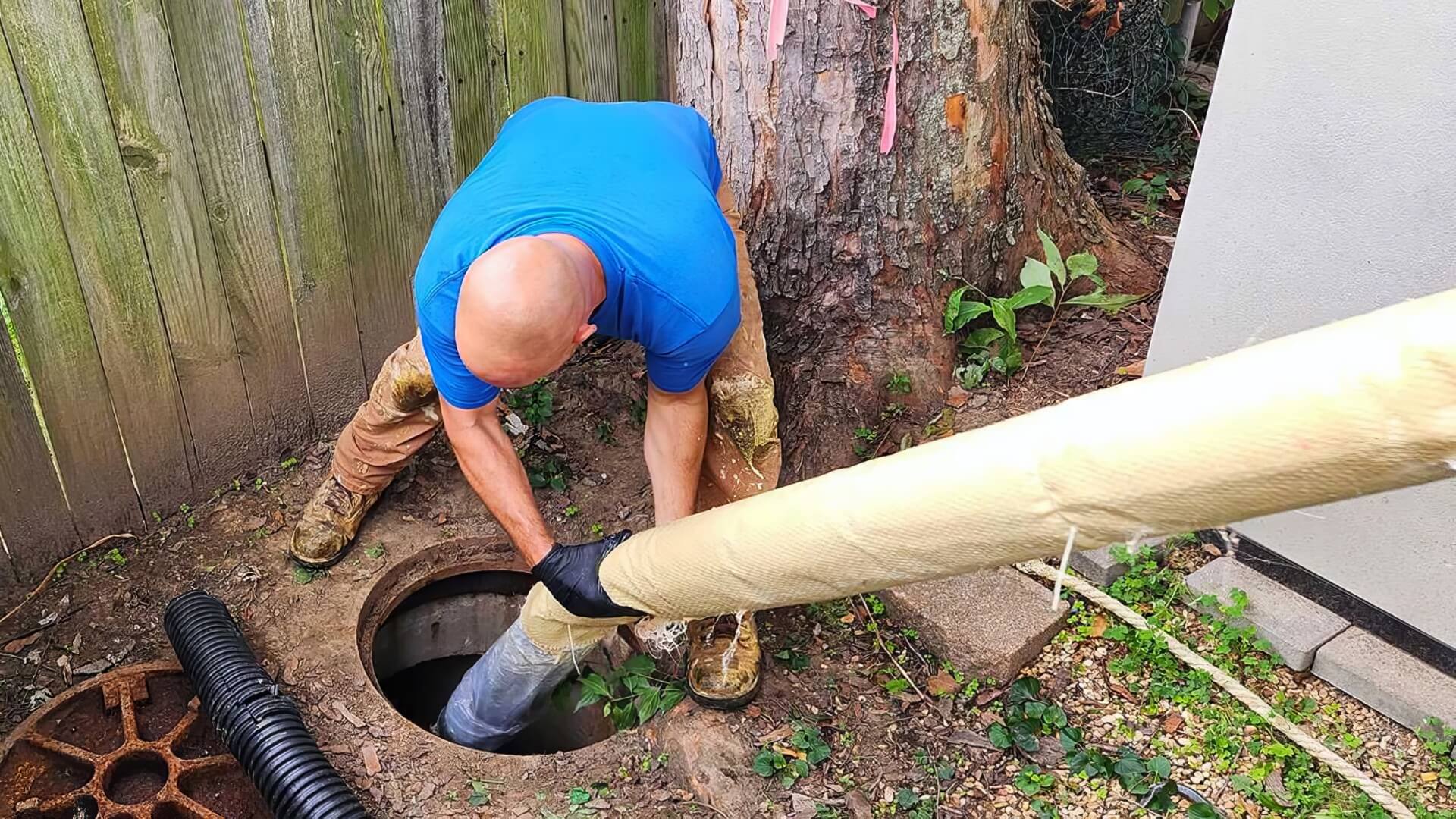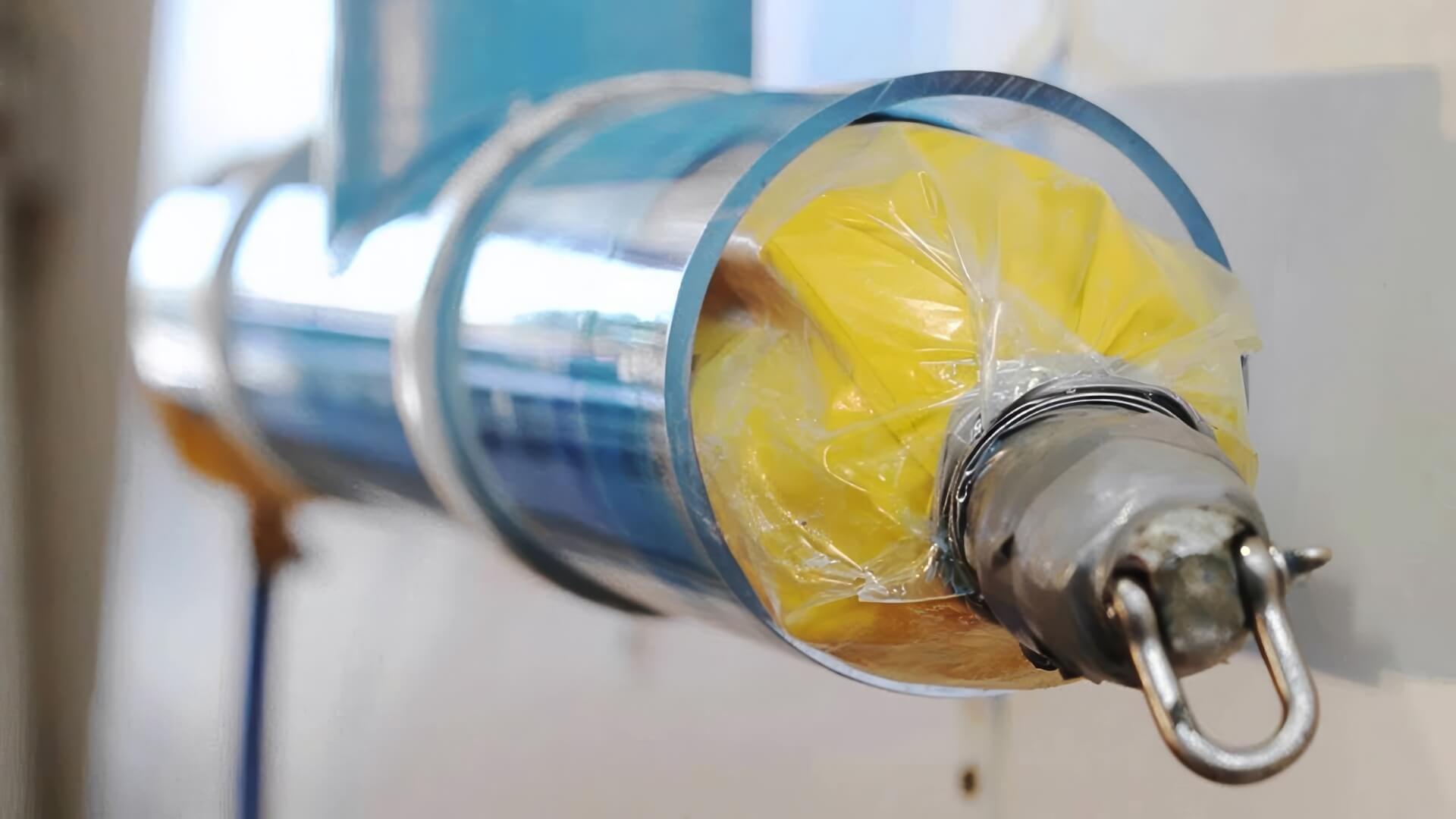Is It Safe for Me to Relight My Water Heater Pilot Light?
Ensuring safety is essential before starting to relight the pilot light of your water heater. Before attempting to relight the pilot, it’s critical to check for gas leaks by smelling around the unit for any gas odour. If you detect a leak or smell gas, immediately turn off the gas line and call a professional.
Additionally, ensure there are no flammable materials nearby that could ignite.
The light pilot plays an important safety function on a water heater by initiating the main burner when hot water is needed.
When lighting the light pilot, carefully follow the manufacturer’s instructions for your specific model. By taking proper precautions, most homeowners can relight their water heater’s pilot light safely.
Take your time and exercise caution, referring back to the manufacturer’s guidelines as needed throughout the process.
What to Do Before Relighting the Pilot
Before relighting your water heater’s pilot light, you must undertake several preparatory steps. Additionally, check the indicator light on the gas control valve to verify if gas is flowing.
It’s crucial to clear the area around the water heater of any combustible materials or flammable liquids before relighting the pilot. Tidy any clutter to allow clear access.
Familiarize yourself with your water heater’s components by consulting the owner’s manual, an essential step. Identify the key parts like the gas control valve where the gas flow and pilot light are controlled from. Understanding their function will prove useful when following the relighting steps.
Turning Off the Gas Supply
An essential safety measure in the relighting process is to properly turn off your water heater’s gas supply. Locate the gas control valve, usually behind the access panel, and turn the valve clockwise to the ‘off’ position.
This prevents gas from flowing out while trying to ignite the pilot. Confirm it’s properly closed by ensuring the indicator light is off.
With the gas supply now switched off, open the access panel if you haven’t already to expose the gas control valve and pilot light. Caution - do not attempt to relight the pilot yet. Allow 5 minutes for any residual gas buildup around the heater to dissipate before proceeding.
Once five minutes has elapsed, you can safely move to the next stage of the relighting process. Remember, never attempt to ignite the pilot light with the gas supply on. Turn it off and wait several minutes before relighting to reduce the risk of explosion.
Letting Unburnt Gas Escape
It’s crucial to let unburnt gas escape before relighting your water heater’s pilot light. This crucial step ensures that any lingering gas has dissipated before attempting to ignite the pilot, reducing the risk of a fire or explosion.
Unburnt gas can accumulate within the water heater unit due to a failed ignition attempt or a sudden gas leak. When this gas comes into contact with an ignition source, such as the pilot flame, it can ignite and potentially cause harm to you or damage your property.
To let unburnt gas escape safely, turn off the gas control valve, as previously instructed. Once turned off, wait for at least five minutes to allow any residual gas to disperse naturally.
This waiting period is crucial, as it ensures that the area around the pilot light is free from combustible gas before you attempt to relight it.
After waiting for the recommended time, you can proceed to the next step of relighting your water heater’s pilot light. Remember, safety is the top priority, so never rush this process and always follow the guidelines provided by the manufacturer.
Tools Needed to Relight the Pilot
Only a few essential tools are necessary to relight your water heater’s pilot light. Most importantly, you’ll need either long matches or a long lighter to safely reach the pilot without getting too close to the burner. Avoid using regular matches or lighters as these place your fingers at risk.
A leak detection solution, flashlight, and safety gloves are helpful as the leak detector confirms the absence of gas leaks before relighting. Lastly, gloves protect hands while working in the unit’s tight space.
The flashlight illuminates the dark space around the gas control valve so you can clearly see.
You’ll also need your owner’s manual nearby for reference while relighting.
Step-by-Step Guide to Relighting the Pilot
Manual Pilot Lighting Method
- Ensure you have turned off the gas supply and waited 5 minutes before attempting to relight the pilot.
- Remove any cover panels blocking access to the gas control valve and pilot light housing.
- Locate the piezo igniter button, pilot light nozzle, and gas control knob on the gas valve.
- Depress the gas control knob halfway down and hold it there.
- Reach through the access opening with the long lighter, placing the tip near the pilot light housing.
- Push the igniter button repeatedly to generate sparks until the pilot flame ignites.
- Continue depressing the gas knob for 30 seconds once lit before releasing to allow gas to flow.
- If the pilot does not stay lit when released, repeat steps 4-7 after waiting 5 additional minutes.
- Replace any removed cover panels once complete.
Electronic Pilot Ignition Method
- Locate electronic igniter button on gas control valve.
- Press and hold the igniter button until you hear the pilot ignite.
- Continue holding button down for 30 seconds to allow pilot to warm the thermocouple.
- Release electronic button. Pilot should remain lit once released.
- If pilot goes out, wait 5 minutes then repeat process until successful ignition.
Locating the Pilot Assembly
Firstly, remove any cover panels to locate your water heater’s pilot light assembly. In most heaters, the pilot is positioned near the main burner. Carefully examine inside the unit to spot the pilot nozzle, igniter electrode, and flame sensor probe extending from a threaded metal base.
This entire piece constitutes the pilot assembly which generates a small flame to ignite the burner, an important aspect of understanding how relight it when hot water is needed. The gas valve regulates gas flow to the pilot. And the thermocouple detects the pilot flame, signalling the valve to open and allow gas to the burner.
Understanding what you’re looking at and how these components interact is useful context for relighting the pilot. With panels removed and using a flashlight to see inside dark spaces, locating the pilot assembly is vital before attempting to manual or electronically reignite the dormant flame.
Turning the Gas Control Knob to Pilot
A crucial step when relighting the pilot is turning the gas control knob to the ‘pilot’ position. This setting allows a small amount of gas to flow specifically to the pilot assembly. Locate the control knob on the front of the gas valve - it may be labelled ‘pilot’.
Turn the knob fully counter-clockwise to the pilot marking. You may feel it click into place or align with an indicator arrow.
Be very careful turning the gas control knob smoothly and fully to the correct pilot position. Imprecise adjusting can lead to gas leaks or ignition issues. Refer to your water heater’s manual as needed to identify the pilot marking.
With the knob now set to activate the pilot gas flow, you can proceed to the next step of manually or electronically igniting the pilot flame.
Lighting the Pilot Flame
To light your water heater’s pilot flame, position the tip of a long barbecue lighter down through the access opening towards the pilot assembly. Depress the gas control knob halfway and hold it while triggering the manual piezo igniter or pressing the electronic igniter button repeatedly until the pilot flame ignites.
Once lit, continue holding the gas control knob down for 30 seconds to allow the thermocouple to heat up and signal the gas valve to remain open. Release the gas knob and verify the pilot remains lit - if not, repeat the lighting process after waiting 5 additional minutes.
If needed, adjust the thermocouple position closer to the pilot flame’s tip.
A correctly lit pilot flame should be mostly blue with yellow tips, encircling the thermocouple tip. Refer to your water heater’s manual for the correct pilot flame size and appearance. Allow sufficient time for each step when lighting your pilot and exercise patience repeating steps if unsuccessful on initial attempts.
Troubleshooting Issues with Relighting
You may sometimes face issues getting your water heater’s pilot light to relight, despite your best efforts. Here are some common problems and solutions to try:
Pilot Light Won’t Stay Lit
If the pilot flame ignites but extinguishes upon releasing the gas control knob, adjust the thermocouple. Carefully bend the thermocouple to reach further into the pilot flame’s blue tip. Retest relighting the pilot using the full procedure.
Pilot Light Keeps Going Out
A pilot that repetitively goes out after properly relighting could indicate a faulty thermocouple not signalling the gas valve to remain open. Alternatively, strong drafts around the water heater unit may be extinguishing the pilot flame. To prevent the pilot from going out, move nearby fans away and close windows or doors to eliminate drafts during relighting.
No Gas Flow to Pilot
Remember to switch the gas control knob fully to the 'pilot’ setting and depress halfway when lighting. If no gas flows after multiple attempts, contact your gas supplier to inspect for issues like closed valves or insufficient line pressure preventing gas flow.
If problems persist despite troubleshooting, consider replacing parts like the thermocouple, valve, or learning how relight the pilot assembly. For ongoing pilot outage issues or if you smell a gas leak, obtain professional water heater servicing assistance.
When to Call a Professional Plumber
While relighting your water heater’s pilot light is usually a simple DIY task, sometimes it’s wise to seek professional plumbing help.
If at any time you smell gas, immediately turn off the gas line and contact Cherrybrook Plumbing on 1300 349 338. Our licenced technicians will inspect for leaks and can safely relight your pilot light.
A pilot light that repeatedly extinguishes after troubleshooting may indicate that a repair is required. Continued pilot outages can affect the heater’s operation, so call Cherrybrook Plumbing to prevent further problems.
Our skilled plumbers are also adept at relighting pilot lights that are difficult to access due to tight spaces.
If you face any challenges relighting your water heater’s pilot, email jobs@cherrybrookplumbingservices.com.au or call 1300 349 338 to arrange a prompt appointment. Our top priority is restoring hot water to your home while ensuring full safety compliance.






